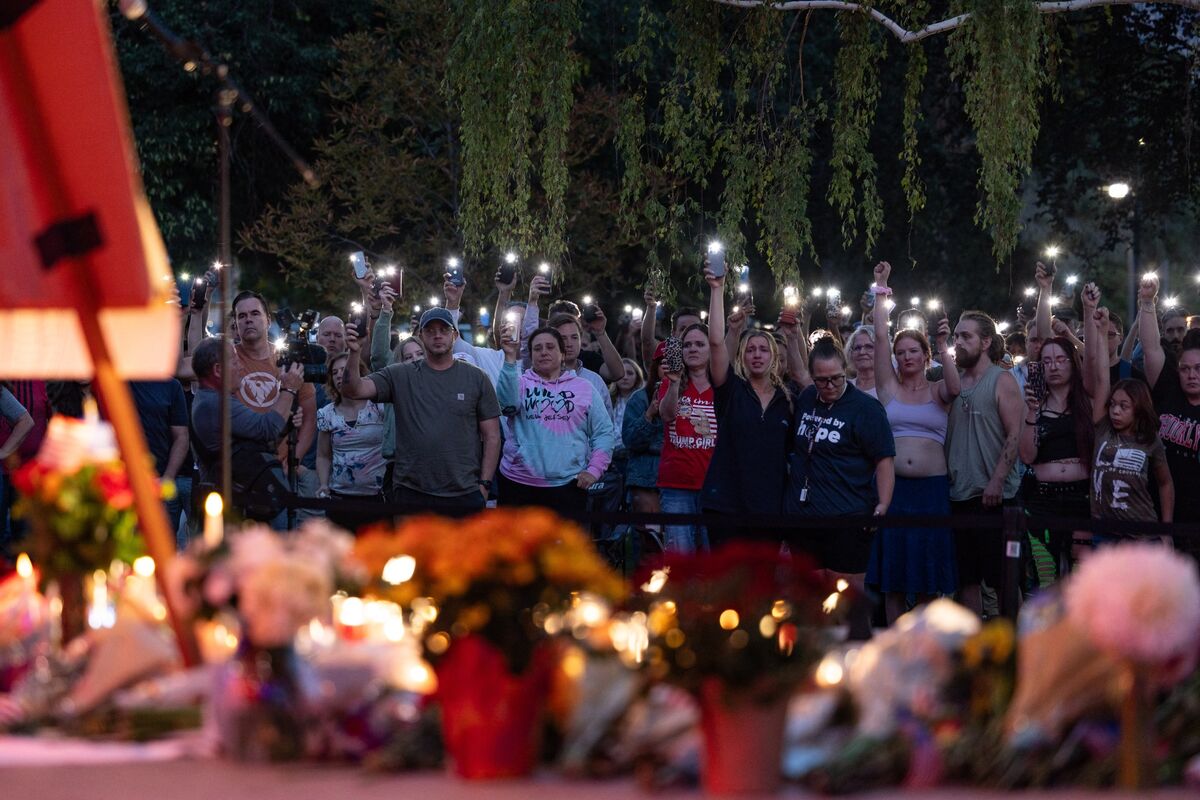By Girish Linganna
Copyright india

Under the new rule US companies must pay the government $100000 (₹88 lakh) every year for each H-1B visa they use to hire foreign workers. This amount is a visa fee paid to the government not the worker’s salary and comes on top of the employee’s pay. Since Indians account for about 70% of all H-1B holders they are expected to be the most affected by this move.
Now US tech companies and even Indian firms like Infosys and TCS will find hiring through H-1B visas much less attractive.
The latest move by the Donald Trump administration is no surprise. A month ago the US Commerce Secretary Howard Lutnickcalled the H-1B programme a “scam” saying companies should hire Americans not foreigners.
Lutnick’s views are supported by many key people around Trump including Stephen Miller the main planner of Trump’s immigration policies.
Some like Elon Musk and Vivek Ramaswamy praise the H-1B programme for bringing top global talent to the US. But under the new rules from September 21 Indian workers will face the biggest impact.
Different Types of US Visas Indians Can Apply For
H-1B Visa – For skilled professionals to work in the US usually in technology engineering or other specialised fields.Many students who complete their degree or postgraduation (PG) apply for OPT (Optional Practical Training) first and later move to an H-1B work visa if sponsored by an employer.
L-1 Visa – For employees of multinational companies transferring from an office in India to a US branch.
F-1 Visa – For Indian students studying full-time at US colleges universities or training programs.
J-1 Visa – For exchange visitors like researchers professors interns or cultural exchange participants.
B-1/B-2 Visa – For business visits (B-1) or tourism/medical visits (B-2) to the US.
O-1 Visa – For people with extraordinary talent in fields like science arts sports business or education.
EB-5 Visa – For investors who invest a large amount of money in US businesses that create jobs.
H-4 Visa – For dependents (spouse/children) of H-1B visa holders to stay in the US.
Debate on Immigration in the US
To understand the criticism of H-1B visas we must look at the immigration debate in the US.
In the US immigration has become a very divisive issue (an issue that strongly divides people’s opinions) in politics. A recent poll showed that 14.6% of voters felt it was the most important topic in the election while in 2012 only 2.1% of voters thought so. This shows how much the concern over immigration has grown in recent years.
Much of Trump’s election speeches against immigration focused on low-skilled workers coming to the US.
Apart from racism many believe that immigrants take away jobs and push down wages for the American working class. This group is already struggling with unemployment (no jobs) low income rising prices (inflation) housing shortage and other economic problems.
Trump used these feelings to gain support promising to improve life for the working class Americans by reducing immigration.
Trump’s team criticises the H-1B programme in the same way he once said Mexicans were taking American jobs. But this time the target is skilled foreign workers who come to the US for high-paying jobs.
Indians and the H-1B Visa
Indians are the biggest users of the H-1B programme making up over 70% of approved visas every year since 2015. China comes second with only 12-13% since 2018.
The strong presence of Indians in US tech jobs has drawn criticism from MAGA Republicans (supporters of Trump’s ‘Make America Great Again’ movement) who claim Indians are “stealing jobs” and lowering wages.
Critics say the H-1B programme is misused by tech companies to hire low-to-mid level workers at lower pay than Americans. Supporters like Elon Musk argue there is a shortage of top engineers but critics see it as saying “Americans cost too much”.
As per Indian Express Lutnick said on Fox News that the average American worker earns $75000 (₹66 lakh) per year while the average green card holder earns $66000 (₹58 lakh) per year. He questioned this gap asking “Why are we bringing in people who earn less? It’s like picking from the bottom.”
“It’s like picking from the bottom” means choosing people who earn less or are considered lower in value compared to others who earn more.
There is some truth in this. In 2023 about 70% of H-1B visas for Indians were for jobs paying less than $100000 (₹88 lakh) per year according to USCIS data shared with Bloomberg.For context the median salary (middle value in a salary range) of IT professionals in the US was $104420 (₹91.8 lakh) in May 2023 as per the US Bureau of Labor Statistics.
About 25% of H-1B approvals were for salaries between $100000 and $150000 (₹88 lakh–₹1.32 crore) and only 5% were for above $150000 (₹1.32 crore) as per USCIS (US Citizenship and Immigration Services) data shared by Indian Express.
Industry experts say H-1B visas are very important to fill the skills gap in the US and that wages depend on the market. Chinese and Indians lead in STEM (Science Technology Engineering and Mathematics) fields worldwide.
Experts say H-1B visas are very important to cover the shortage of skilled workers in the US and that salaries are decided by the market. In terms of education China has 3.57 million STEM (Science Technology Engineering Mathematics) graduates and India has 2.55 million while the US has only 820000. This shows why Chinese and Indian talent dominates globally.
Trump’s Different Approach
Many in Trump’s team talk about a big change in the H-1B programme but there is little clear information on what that change will be.
On January 8 2021 Trump announced a rule to change the selection system for H-1B visas when applications go over the 85000 yearly cap. However the rule was never implemented after Joe Biden took office.
In simple terms the rule aimed to limit H-1B visas for lower-salary jobs. USCIS (US Citizenship and Immigration Services) would select applications by giving priority to higher-paying jobs. They would start with the top wage level (Level IV) and then move down step by step to Level III II and finally I. This meant that workers offered higher salaries had a better chance of getting the visa while lower-paid workers had less chance.
As per Forbes companies usually pay more to Level 3 (experienced) and Level 4 (fully skilled) workers. New international students and freshers are mostly at Level 1 and Level 2 salaries.
The 2021 proposal meant that Level 1 workers (lowest paid) would get no H-1B visas. For Level 2 workers only 20% could be chosen under the advanced degree quota (20000 visas) and about 75% under the regular quota (65000 visas). Overall this gave Level 2 workers only about a 50% chance of being selected according to Forbes.
It is not clear if the new rules will be the same as Trump’s 2021 plan but such changes would hurt international students freshers and lower-paid workers matching the Trump camp’s criticism of the H-1B programme.
Trump has proposed a “Golden Card” plan to give residency and citizenship to rich people who invest about $1 million (₹8.8 crore) in a business creating jobs or $800000 (₹7 crore) in a rural/poor area. Lutnick said on Fox News this will help the US “pick the best people”.
The Commerce Secretary said demand for the Gold Card is very high with about 250000 applicants so far. This could bring in $1.25 trillion (₹110 lakh crore) in investment.
(The author Girish Linganna is an award-winning science communicator and a Defence Aerospace & Geopolitical Analyst. He is also the Managing Director of ADD Engineering Components India Pvt. Ltd. a subsidiary of ADD Engineering GmbH Germany.)



